Nasum Ahmed finds himself excluded from the ODI and T20 squads for the upcoming New Zealand series, despite being a crucial part of the World Cup team. This decision stems from a shift in the selectors' strategy concerning Nasum, prompting the question of whether there was a hiccup in their initial plan.
Cricket Dilemma: Nasum's Defensive Role Sparks Questions in Team Plans
Nasum Ahmed finds himself excluded from the ODI and T20 squads for the upcoming New Zealand series, despite being a crucial part of the World Cup team. This decision stems from a shift in the selectors' strategy concerning Nasum, prompting the question of whether there was a hiccup in their initial plan.
Nasum featured in only one of the four series Bangladesh played under Chandika Hathurusing before the Asia Cup. Chief selector Minhajul Abedin Nannu explained, "Taijul is more of an attacking spinner, Nasum is a bit more defensive." The team opted for Nasum based on the management's plan, considering his suitability for playing on flat wickets in the Asia Cup in Sri Lanka and Lahore, where a defensive approach holds significance.
However, post the World Cup, the squad for the limited-overs series against New Zealand was revealed during the Sylhet Test. The following day, Habibul discussed the squad, stating, "Nasum was playing regularly with the white ball. We have seen him a lot. I will not say that Nasum has done very badly. But we were not getting what we wanted from him, wicket-taking, in recent times."
Nasum was assigned a more defensive role than a wicket-taking one, but Habibul later acknowledged the need for someone capable of taking wickets in the middle overs. Nasum's performance in recent matches, particularly in the Asia Cup, where he managed only four wickets in 8 matches, came under scrutiny. His inability to take wickets in five matches during the Asia Cup and World Cup, coupled with a defensive role and an economy rate of 5.68, led to the decision to seek a more aggressive bowler.
While the selectors considered Nasum's World Cup performance, they now express the desire for an aggressive bowler to secure wickets. This shift in strategy prompts questions about the rationale behind selecting a 'defensive' spinner for tournaments like the World Cup and Asia Cup, where spin-friendly wickets were less likely. The decision-making process of the selectors and team management is brought into question, with concerns raised about the coordination and consistency of their plans.



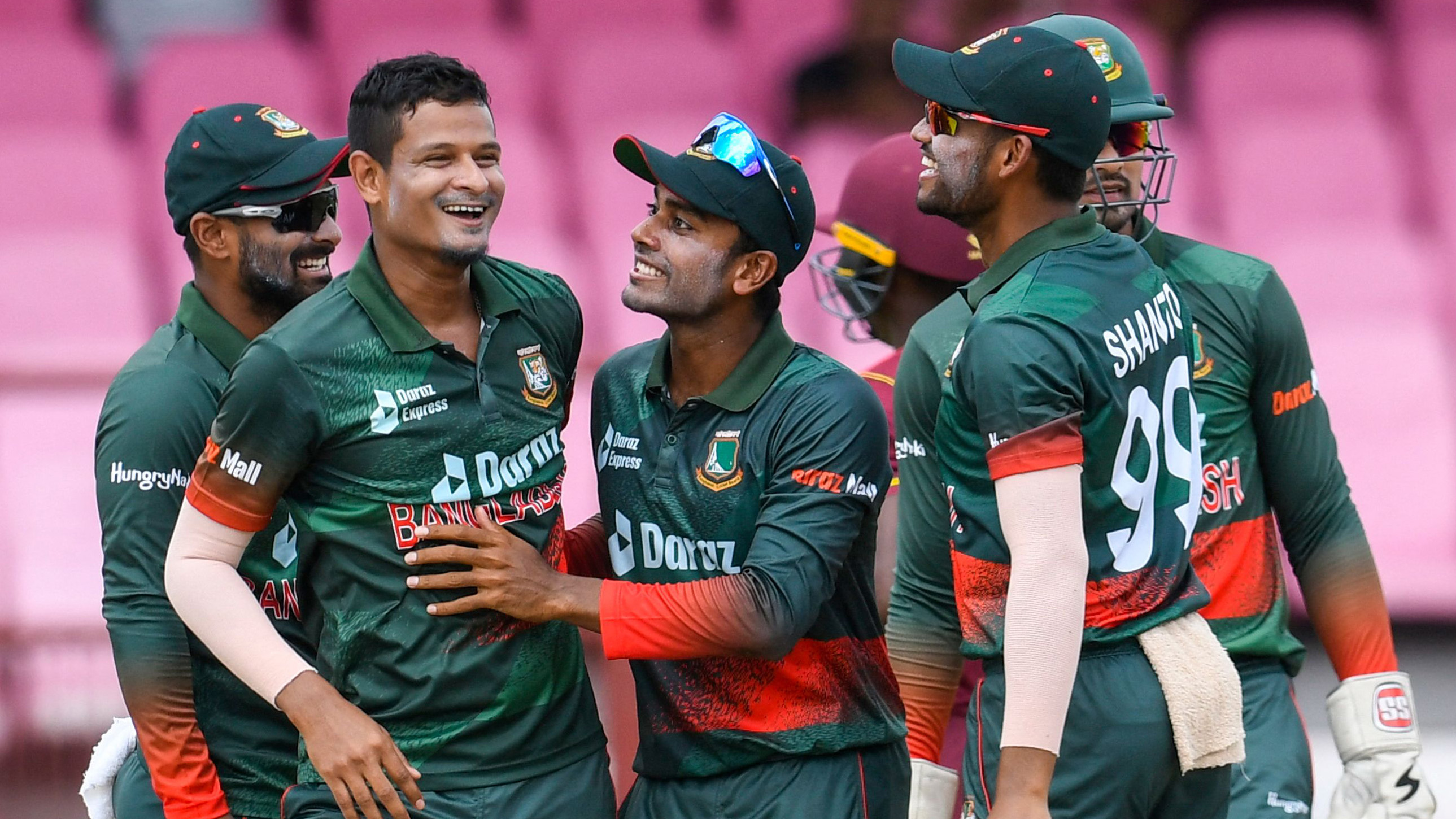
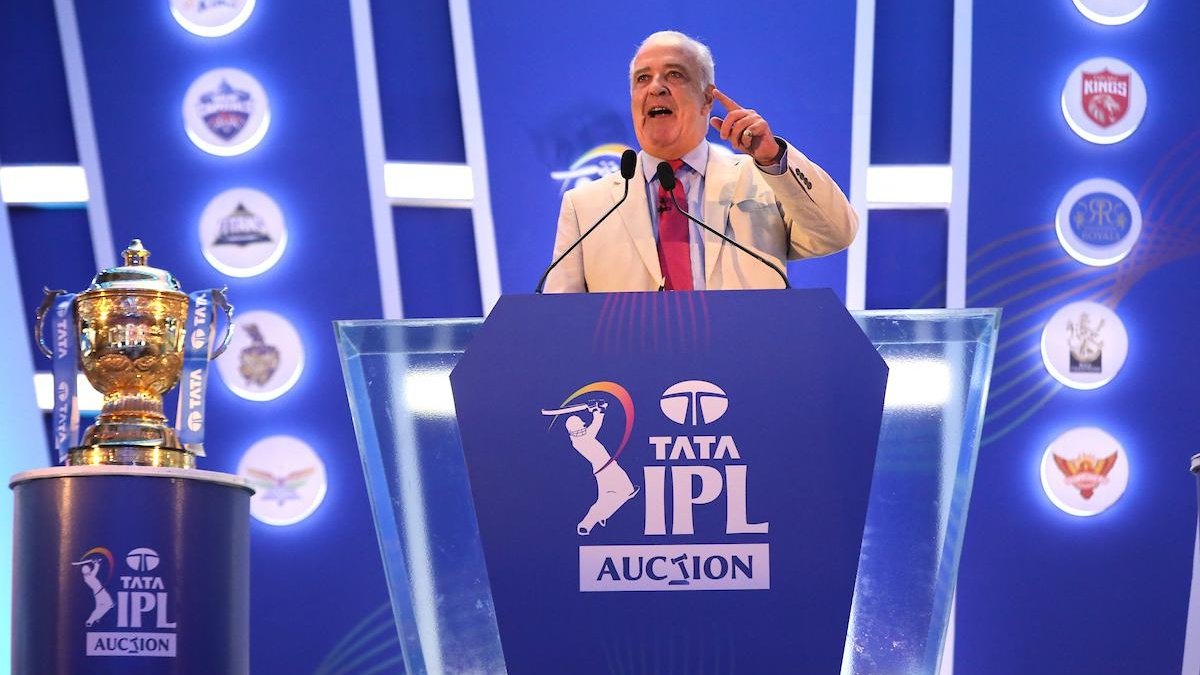
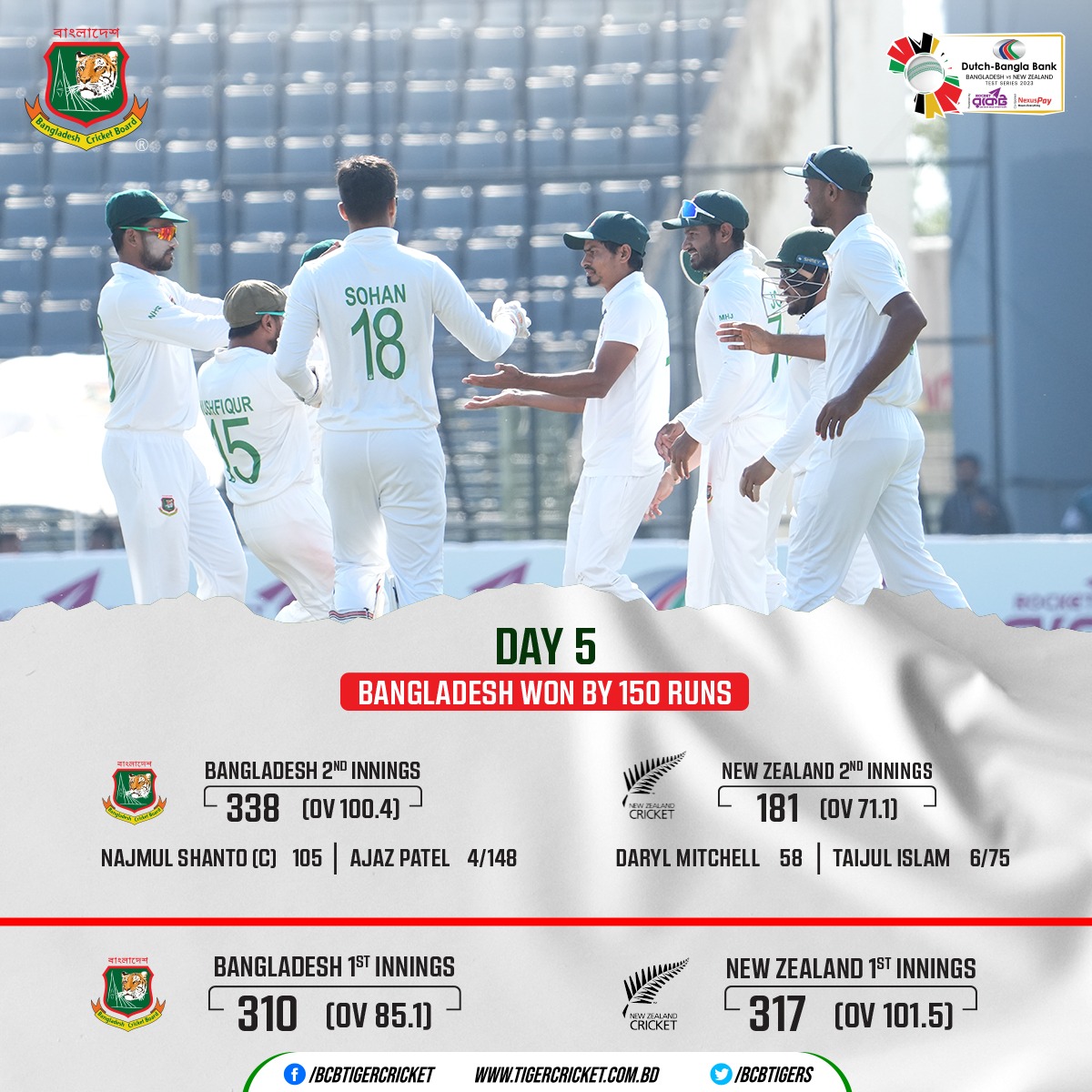



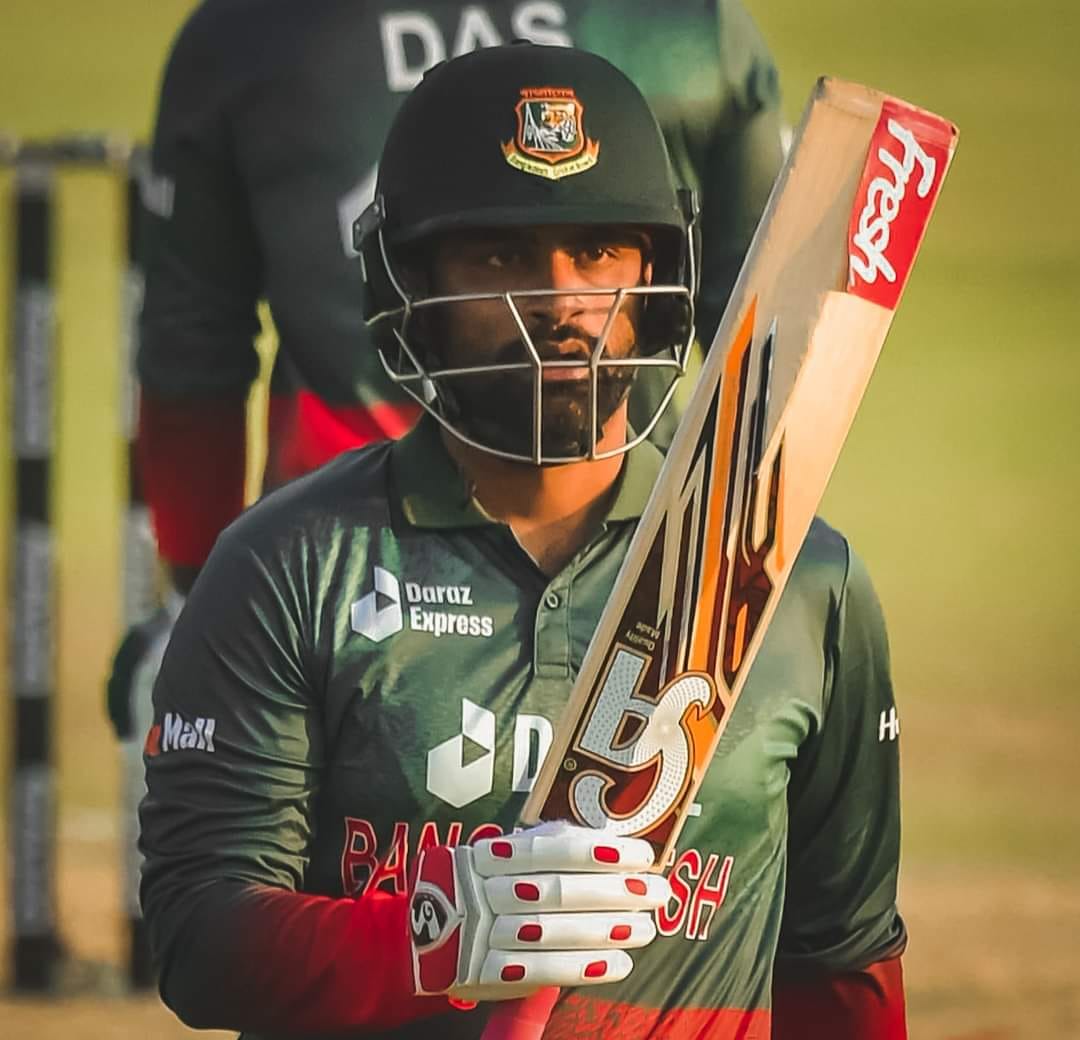
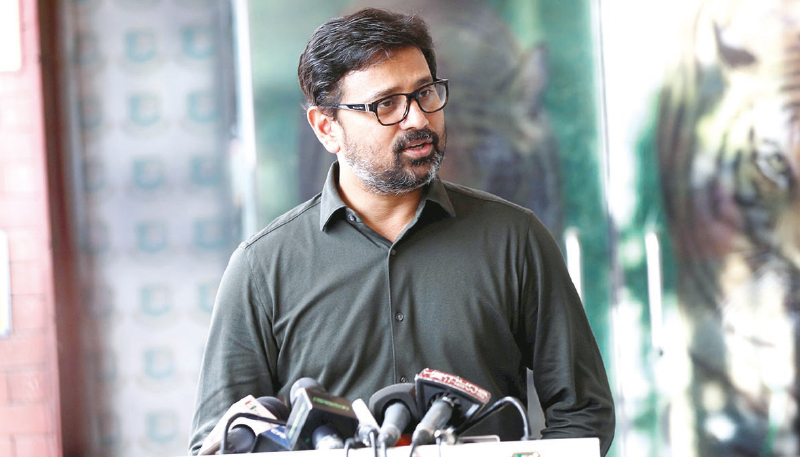
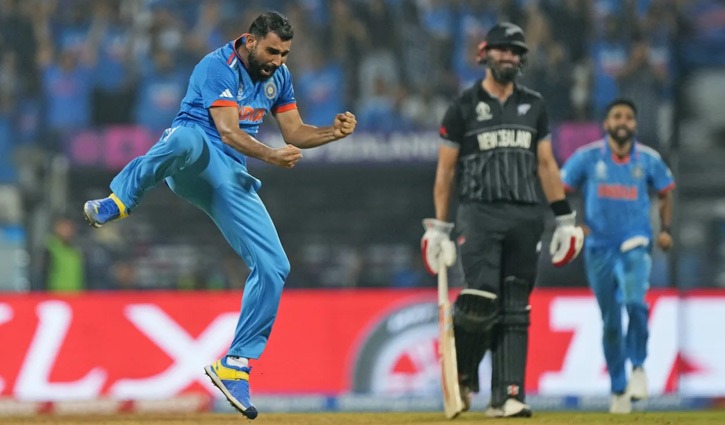
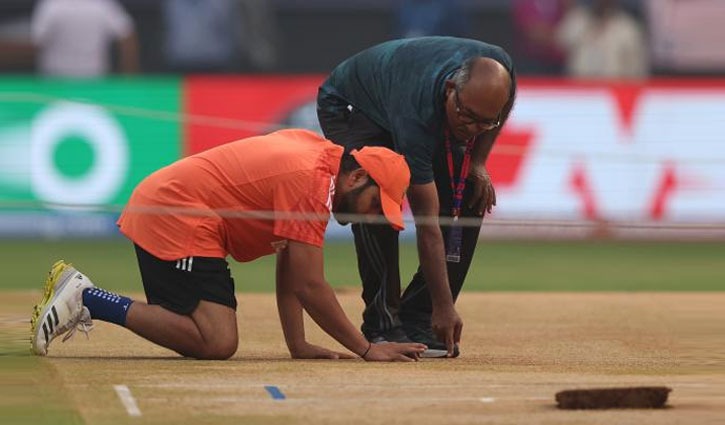



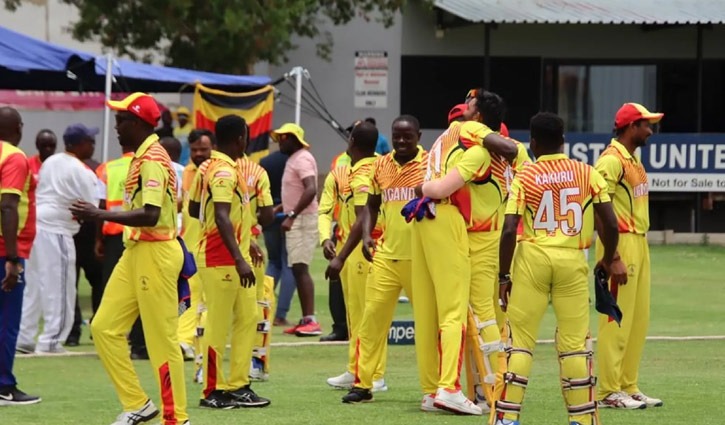







Comments 0